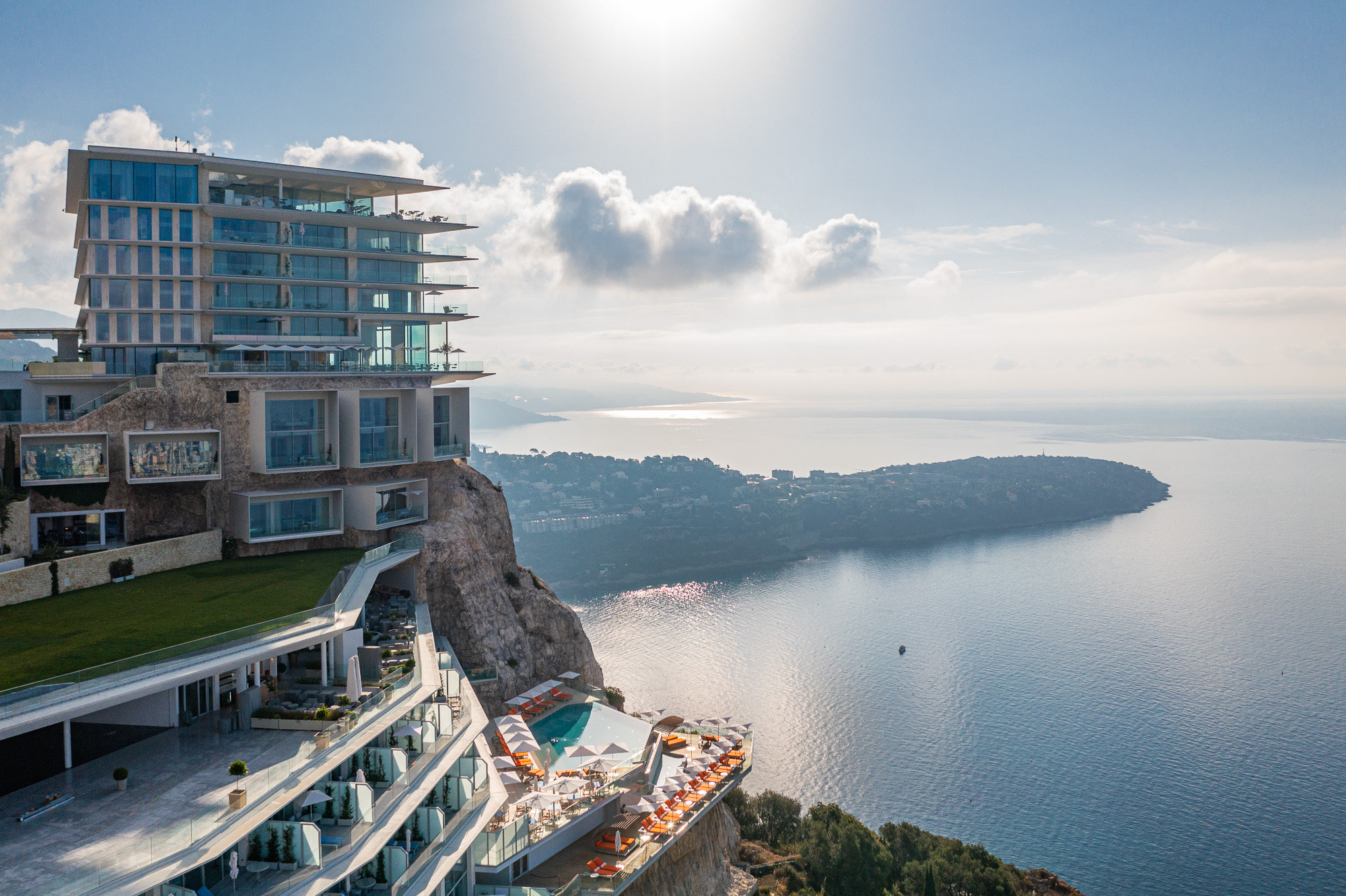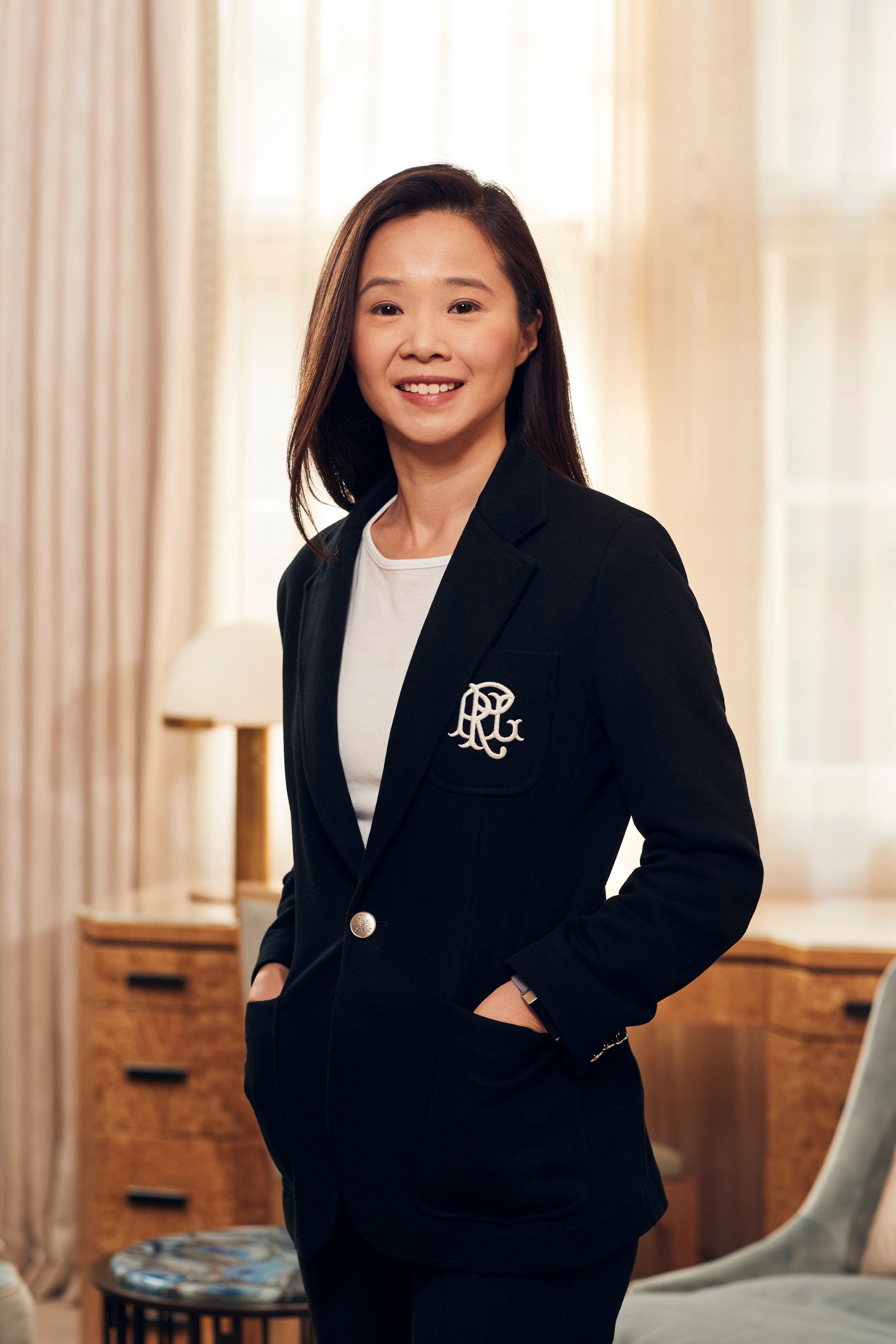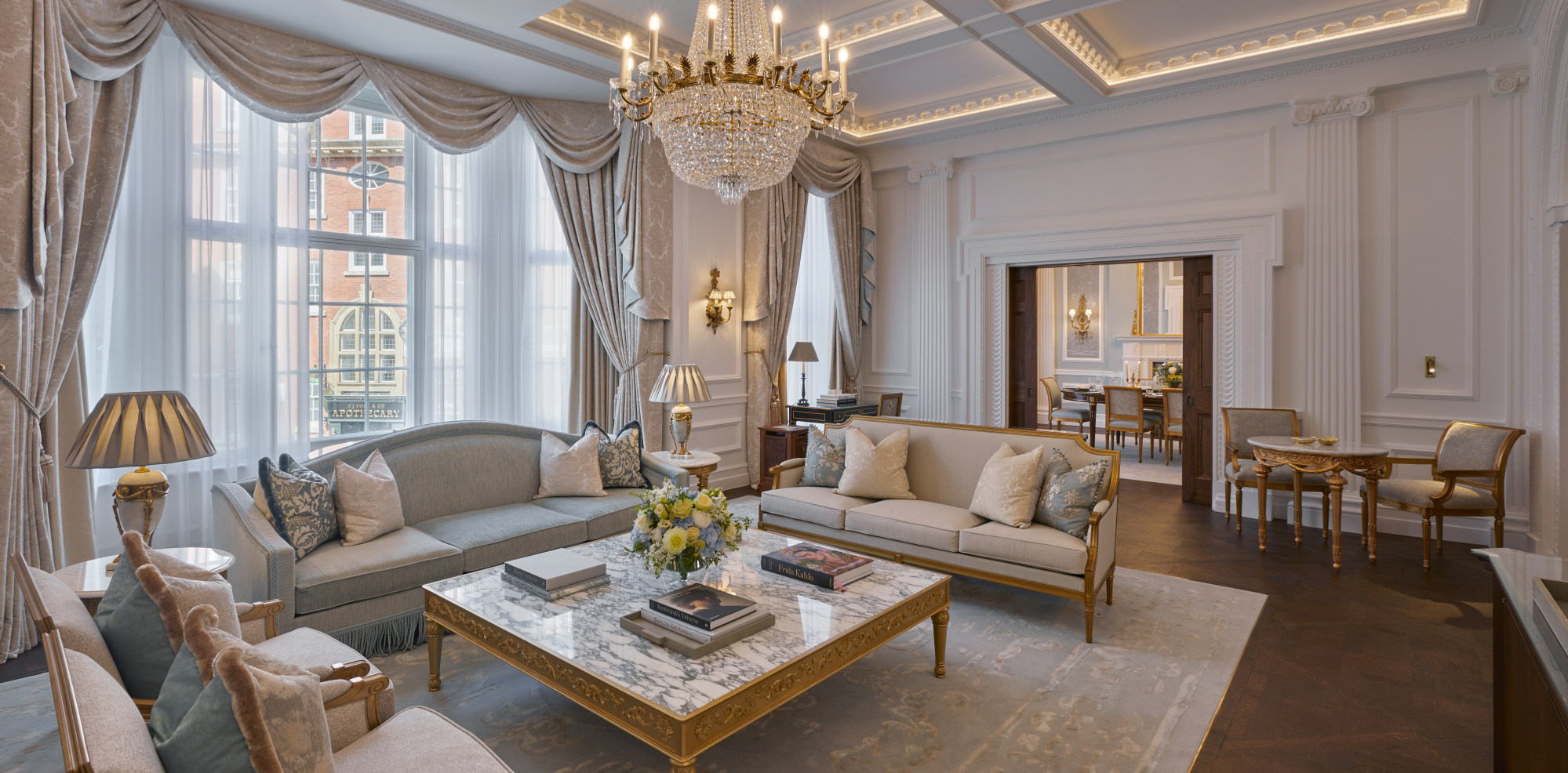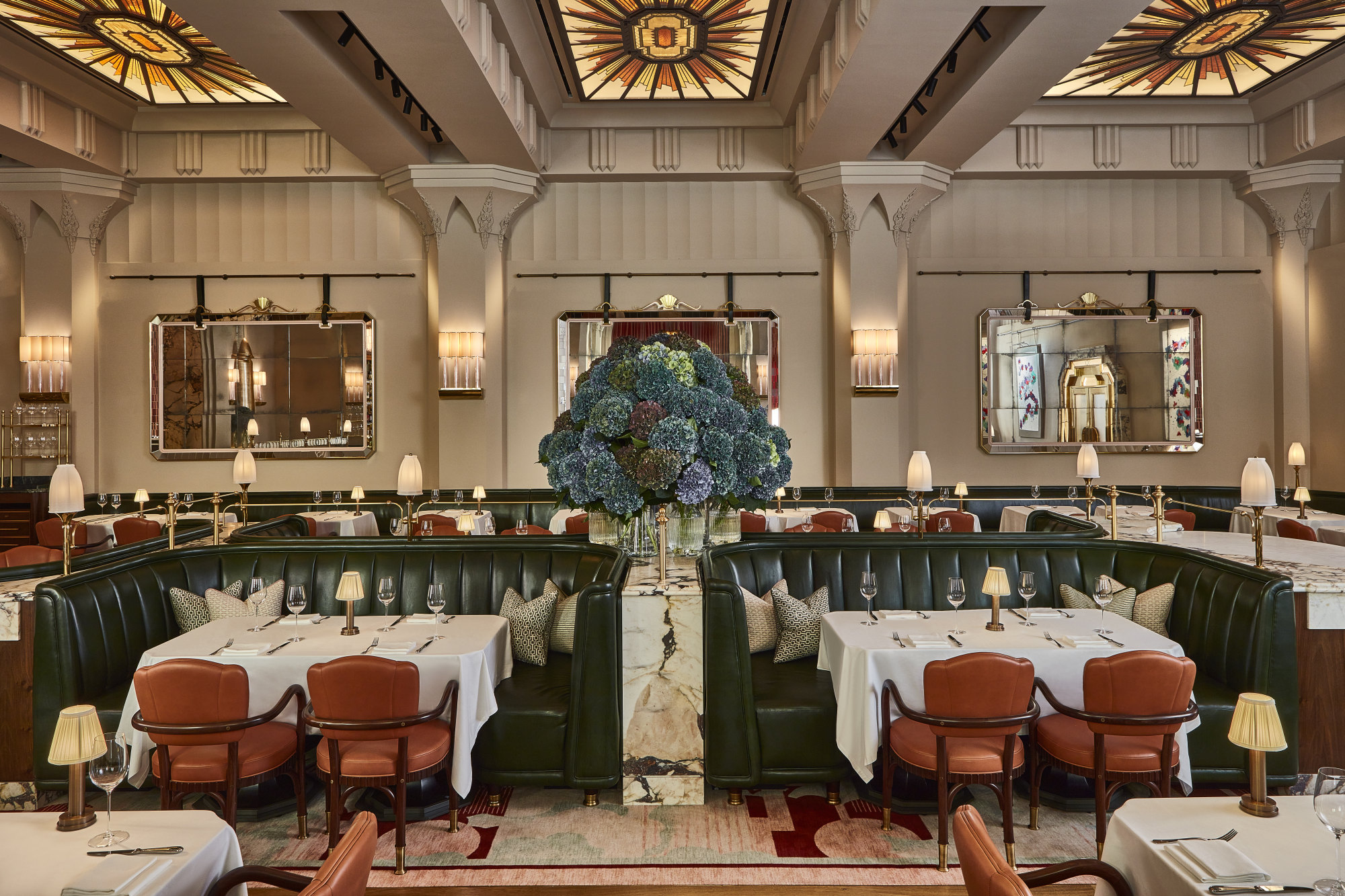
Profile | Claridge’s, The Berkeley, The Maybourne Riviera: luxury hotels have Hong Kong-born Michelle Wu to thank for their looks
- Michelle Wu, head of design at luxury hotel group Maybourne, talks to the Post about how she landed the role after she was spotted working late one night
- She reveals why the ‘little details’ and overseeing every stage of the process is important, who she goes to for insight, and how she decides on a hotel’s look
The role of head of design at luxury hotel group Maybourne was made for Michelle Wu Wai-sze. Literally.
Wu grew up in Hong Kong – her parents and brother still live in the city – but is now based in the British capital, where Maybourne is headquartered and has three further hotels: The Berkeley, The Connaught and the just-opened, all-suites The Emory.
In 2016 Wu, now 42, had been commissioned to create a suite at The Berkeley while working for Helen Green Design when one of the Maybourne owners spotted her working at 11pm, “making sure everything was just right”.
Impressed by her dedication, he asked her to set up a design department for the group.

Last year, Wu was made global head of design, overseeing existing and future properties – the group opened The Maybourne Beverly Hills, in the United States, in 2020, and The Maybourne Riviera, near Monaco, in France, in 2021.
Sitting in the recently revamped Claridge’s Restaurant at the eponymous hotel, the meticulousness that landed Wu the job is apparent.
She uses the phrase “these little details” a lot when describing her work. And she tells me she has just returned from a skiing break where, on a “bad weather day”, she took the opportunity to check out other hotels.
The architectural interior designer attended St Paul’s Convent School (Secondary Section), in Causeway Bay on Hong Kong Island, before moving to Cheltenham Ladies’ College, in England.
Although she had “a creative streak” and considered studying architecture, she embarked on a degree in engineering, economics and management at the University of Oxford, as it seemed the prudent choice.
But after graduating – and an unenjoyable stint working for American bank JP Morgan – she decided to apply for the architecture degree at the University of Cambridge, feeling she would always regret it if she did not give it a try.

As inaugural head of design at Maybourne, her first project was the ladies’ powder room at The Berkeley. She knew it was a success when guests started photographing it.
Since then she has racked up 14 awards for her designs.
Wu and her team “carry out the design through every stage of the process, from interior architecture and technical drawings to artwork and accessories”, she says.
Overseeing art across the group, she chooses pieces from Maybourne’s extensive collection – much of which is stored in a warehouse – and commissions new works. Collaborating with artists and galleries, Wu visits exhibitions “with an open mind”, which can lead to the discovery of a new talent.
While the guest rooms and suites Wu has designed span styles from Georgian to art deco and contemporary, all utilise soft colours and tactile fabrics.

“We try to make each room soothing,” Wu says. “Guest rooms always need to be calming, even if the guest is only staying one night.”
Light switches are all clearly marked so there is no guesswork over what controls what.
“That’s something we spend a lot of time on,” she says. “Lots of guests have commented.”
Does she design with different types of guests in mind for each property?

“Maybourne has different guest profiles for the hotels but I go by the personality of each,” she says. “The Berkeley is fun, Claridge’s is iconic …
“I come up with the overall design narrative for a hotel. For some projects it involves recommending designers and collaborating with them throughout to ensure there’s a sense of coherence,” she says. “Sometimes a project is not my [area of] expertise or I think another designer would be more suitable to do it.”
After two decades of having celebrity chefs in situ, the restaurant has been taken back in house and reverted to its original name. The menu now offers classically inspired dishes such as oxtail and foie gras pithivier, or pie, with creamy mashed potato, and citrus-flavoured baked Alaska – set aflame tableside – befitting the setting.
Wu is currently working on public spaces for The Maybourne Riviera and, as global head of design, is focusing on potential hotels in the pipeline.
“Asia is possibly an area we want to go into, but that’s TBC,” she says.

